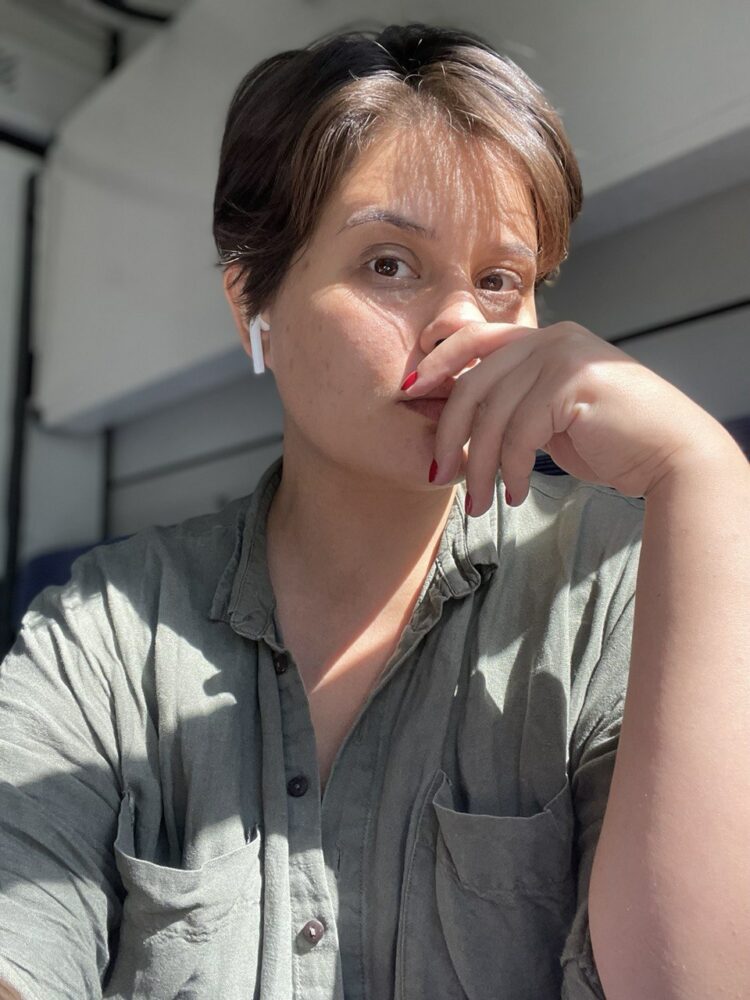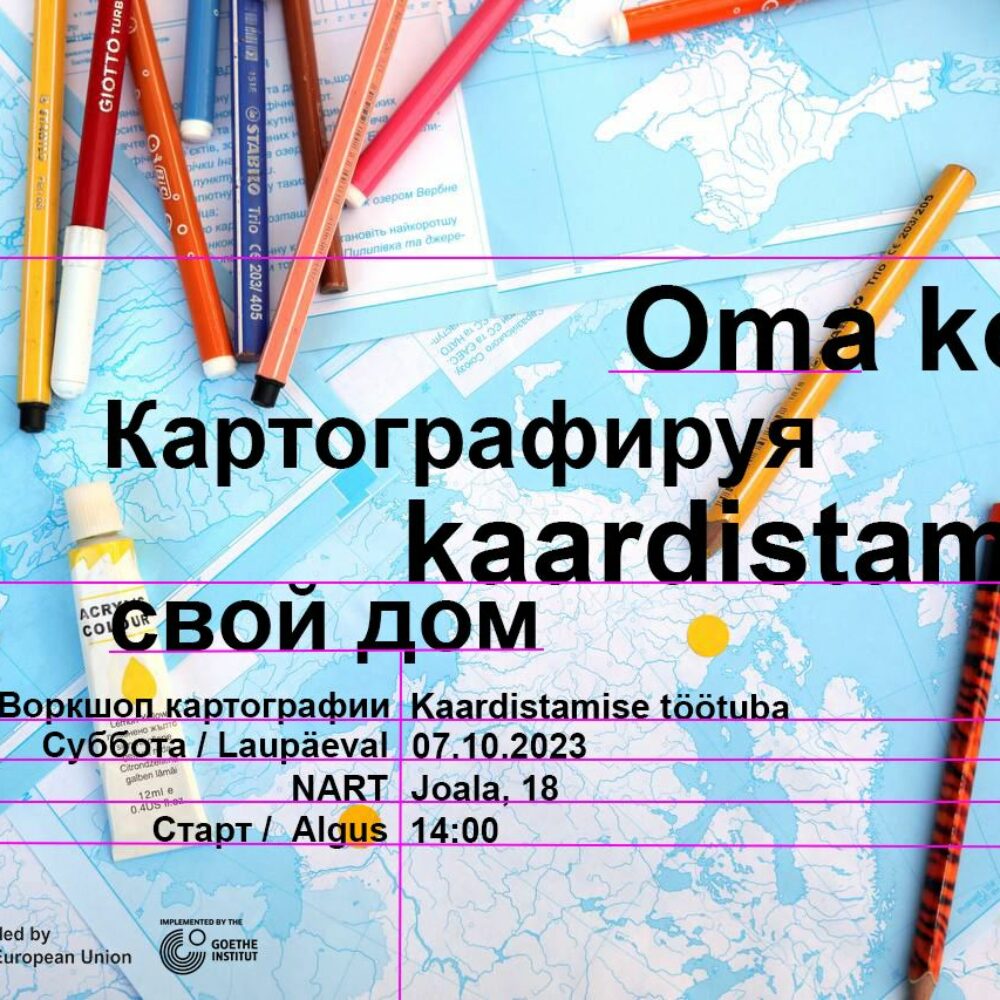Asia Tsisar (ukraine )
16.02 – 12.03.2023
// BIO
Asia is a Ukrainian curator and researcher. Graduate of the Department of Cultural Studies of the State Academy of Culture in Kharkiv, Ukraine, she developed her practice in- between art and cultural studies and focuses her interest in the region of Central and Eastern Europe. Her topics of interest include archives, objects and collections, memory, commemoration, and the modes of the rethinking of the socialistic past.
She bases her curatorial work on the methods of artistic research and creative storytelling. Since 2014 she was developing projects related to the sensitive points in the history of the communities, such as Miller Flat, a temporary museum organized in an ordinary Kharkiv flat in order to rethink the problematic points of the decommunization in Ukraine, The Calendar dedicated to the search of the place for countries history in the lives of the Belarussian artist and their place in country’s history, Instant Time dedicated to the dreams of Ukrainians about the future of their newborn country in the early ’90s. Since 2020 Tsisar has been a curator of the Secondary Archive—a platform for women artists from Central and Eastern Europe. Currently, she works as an independent researcher and is based nowhere.
// PROJECT
Narva is a special place for Estonia, but paradoxically it’s complicated cultural landscape kind of typical for the eastern parts of the ex-soviet republics. With it’s industrial past, the changes in dominate ethnicity of the cities population and other characteristics it has a lot of in common with the history of the east of Ukraine or Moldova. And in 1991 the city had it chance to become another unrecognized proxy-republic of Soviet Union, but it has never happened. During September and October I’ve been working on my research about Moldova and Transnistria and spend this time in both of the places. Artificial nature of the conflict and Transnistrian war was obvious from the very beginning, nevertheless it happened while in case of Narva potential conflict has never become the part of the reality.
During my residency I would like to investigate those events of 1991. My basic method is to speak to the people, because the first thing I’m interested in is a memory about the event, how people remember something, if they remember it at all, in what words they describe it. Then comes the analysis of the media coverage of the events. Checking the old Moldavian and Transnistria newspapers from early 90s helped me to compare those events to the beginning of the war in Donbas. Paradoxically not only what happened but even how it was described, the words and full sentences was the same, even though there are 20 years between those wars. The final step of the research is the historical analysis itself and the work in the archives. As all we know, what in fact happened is not so important for the reality but useful to know for the future.
The result of the research will appear in the form of essay or certain kind of text about the 1991 in Narva and in Tiraspol, the capital of the unrecognized republic Transnistria. I would like to add it to the other texts of this project and also share with the local public in Narva and in Moldova and Ukraine. I believe that not only the knowledge about this page of Narva history could be useful to the audience from the other countries which history could be similar, but as well to the locals in Narva would be interesting to know what could have happened with their city.

